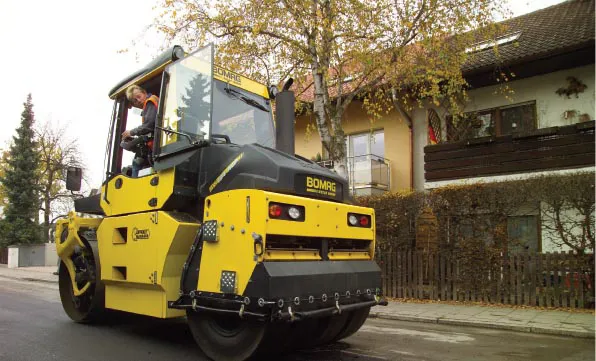
Utilities contractor Ferns Surfacing has just invested in a pair of 32tonne
With its deep, panoramic windscreen and full-height, glazed passenger door, the cab provides drivers with an unrivalled view - particularly beneficial in heavily congested areas such as many parts of London. Drivers can make direct eye contact with cyclists, motorcyclists and pedestrians, a feature which also contributes to safety, especially at junctions.
Both of the Ferns vehicles are Econic 3235L ENA models with single front steer axles, double-drive bogies and rear-steer axles to ensure a high degree of manoeuvrability. Power is provided by fuel-efficient, 7.7litre six-cylinder engines which produce 260kW and are paired with six-speed Allison automatic gearboxes. The trucks’ steel tipping bodies are by Thompson, while their Epsilon M125L cranes have clamshell buckets and offer a maximum outreach of 8.2m.
The Econics are based at Ferns Surfacing’s depot in Wembley, north-west London. Both are fitted with audible left-turn alarms and all-round CCTV systems that assist drivers by providing images of both sides and the rear of the vehicle. Footage is recorded onto a remotely accessible hard drive.
“Drivers found that in congested areas the experience at the wheel is a lot less stressful as a result of the enhanced visibility,” explained James Gupwell, transport director at Ferns. “We can also send a crew of up to four, including the driver, in an Econic. They’ll climb in and out multiple times a day and report that the truck’s low height, easy cross-cab access and full air suspension makes the job more comfortable.”








